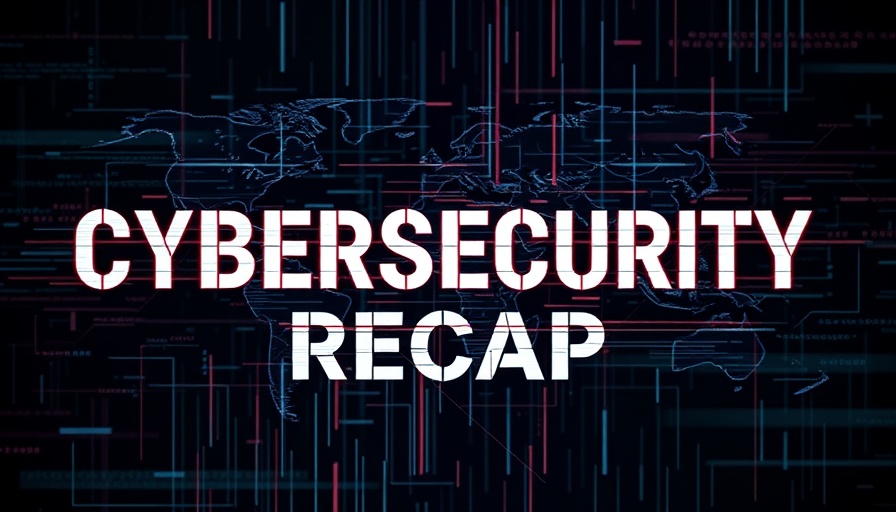
Unpacking the Cybersecurity Landscape: This Week's Major Threats
In a world where cyber threats loom large, this week's recap serves as a stark reminder that silence in the digital realm doesn't equate to safety. Unpatched vulnerabilities, overlooked credentials, or unencrypted backups can lead to devastating breaches. Cyber attackers are evolving, often linking various vulnerabilities and leveraging familiar tools to amplify their reach, as seen in several recent incidents.
Cl0p Ransomware and Oracle's E-Business Suite Flaw
Foremost in this week's threats is the zero-day vulnerability discovered in Oracle's E-Business Suite (EBS), tracked as CVE-2025-61882. With a staggering CVSS score of 9.8, this flaw enables attackers to exploit systems remotely, and it has been under exploitation since early August 2025. The ransomware group Cl0p is primarily behind this exploitation, chaining multiple vulnerabilities to exfiltrate sensitive data from targeted organizations, leaving many in distress.
Security experts urge all EBS users to apply emergency patches promptly. As organizations scramble to safeguard their data, existing vulnerabilities only increase the window of opportunity for cybercriminals.
The Rise of Advanced Threat Actors
This week also saw the Storm-1175 hacking group exploit a critical flaw in the GoAnywhere Managed File Transfer tool. Their multi-stage attacks employed sophisticated techniques, further demonstrating how cybercriminals are adapting and collaborating globally. Affected sectors include transportation, education, and retail, highlighting the wide-ranging impact of these attacks.
Meanwhile, OpenAI took action against three groups accused of mishandling its ChatGPT platform to facilitate malware development. These clusters of activity reveal a trend where AI tools are increasingly integrated into malicious schemes, prompting concerns about the future of cybersecurity.
A Call to Action for Organizations
The recent spike in cyber incidents necessitates stringent cybersecurity measures. Organizations must not only apply updates but also conduct thorough assessments to detect any prior compromises. As Cl0p's recent activities indicate, after initial breaches, attackers often employ coercive ransom tactics, demanding substantial payouts from affected entities.
The message is clear: vigilance and prompt action are paramount. The evolving threat landscape challenges cybersecurity professionals to stay ahead of increasingly collaborative and sophisticated cybercriminals.
In Conclusion: Stay Alert, Stay Secure
The dynamic nature of cyber threats underscores the vital importance of proactive cybersecurity strategies. With the landscape constantly shifting, every organization must cultivate a culture of security awareness. As threats proliferate, the adage 'better safe than sorry' has never been more relevant.



Write A Comment